Notes from New Orleans (Part 3): A Taste of History at Calas Cafe
History and a creole dessert that’s better than beignets?
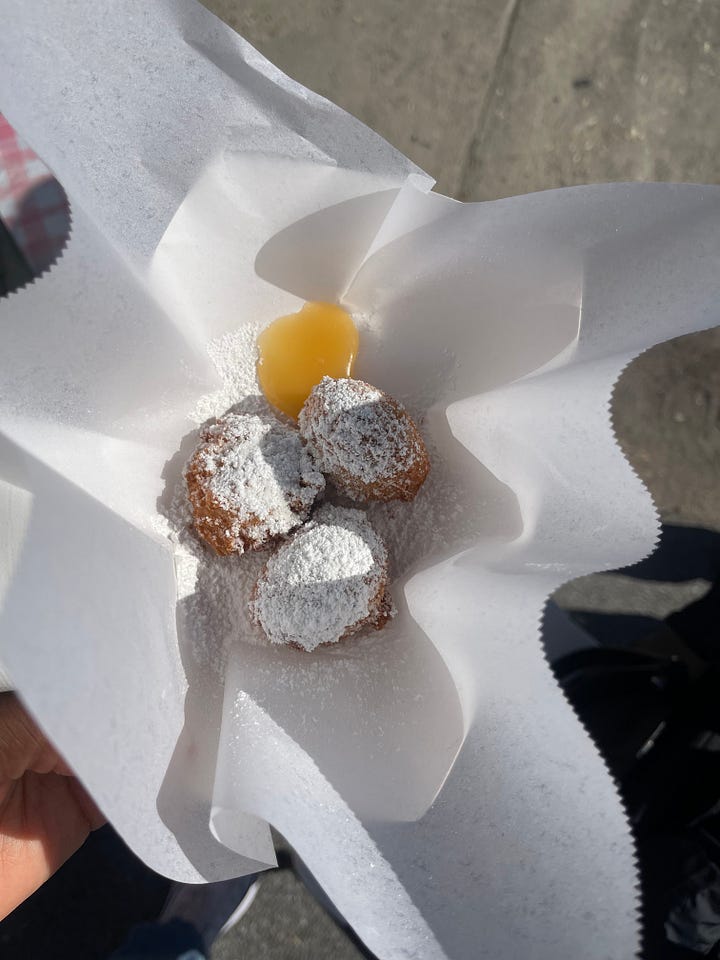
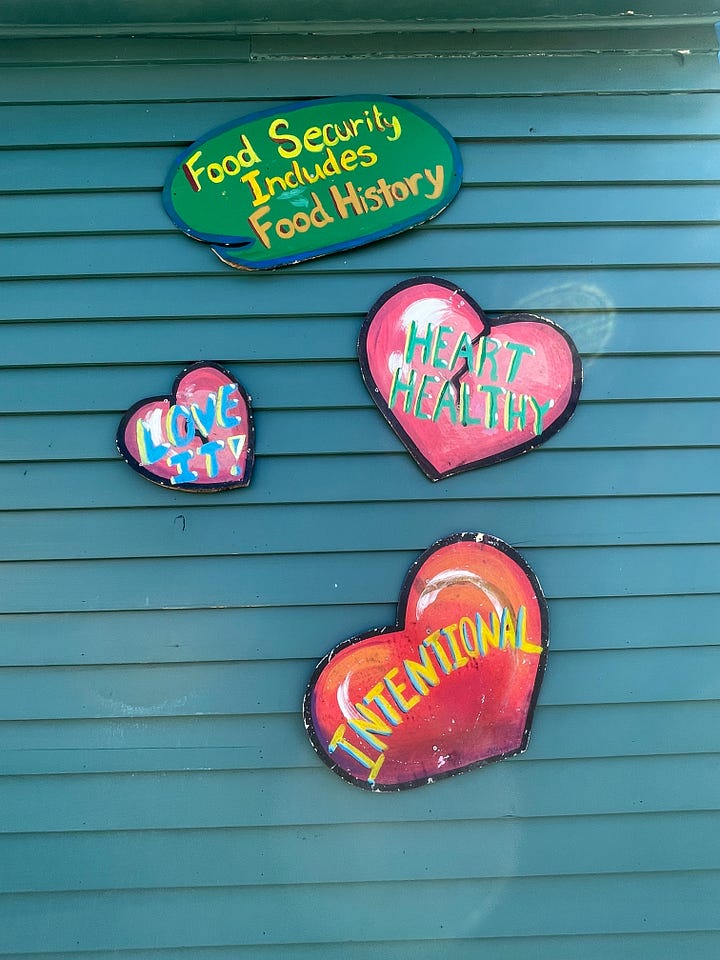
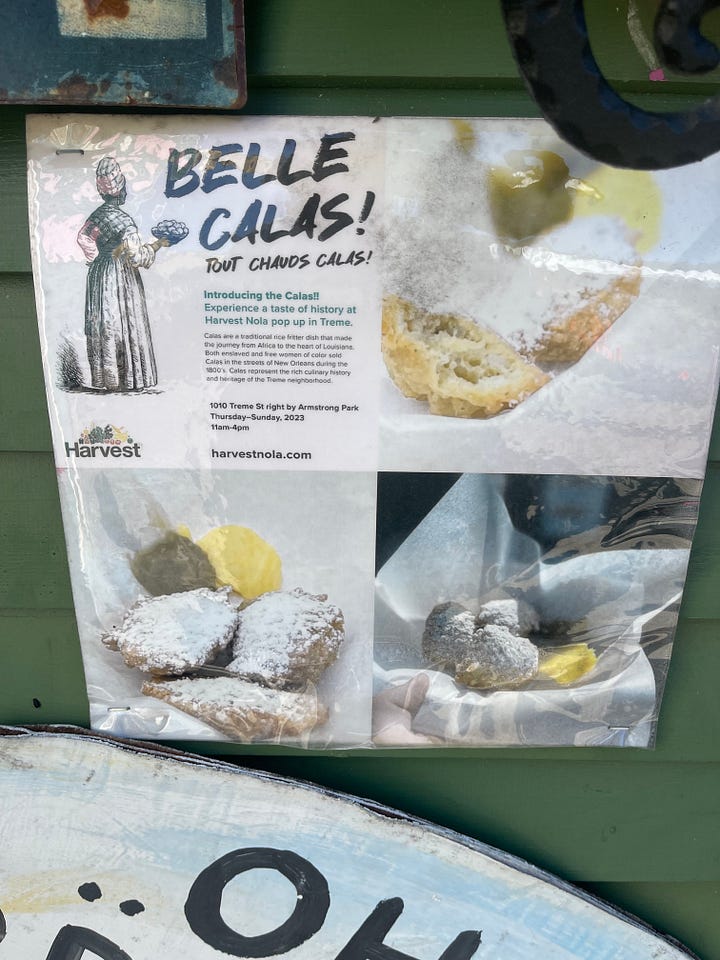
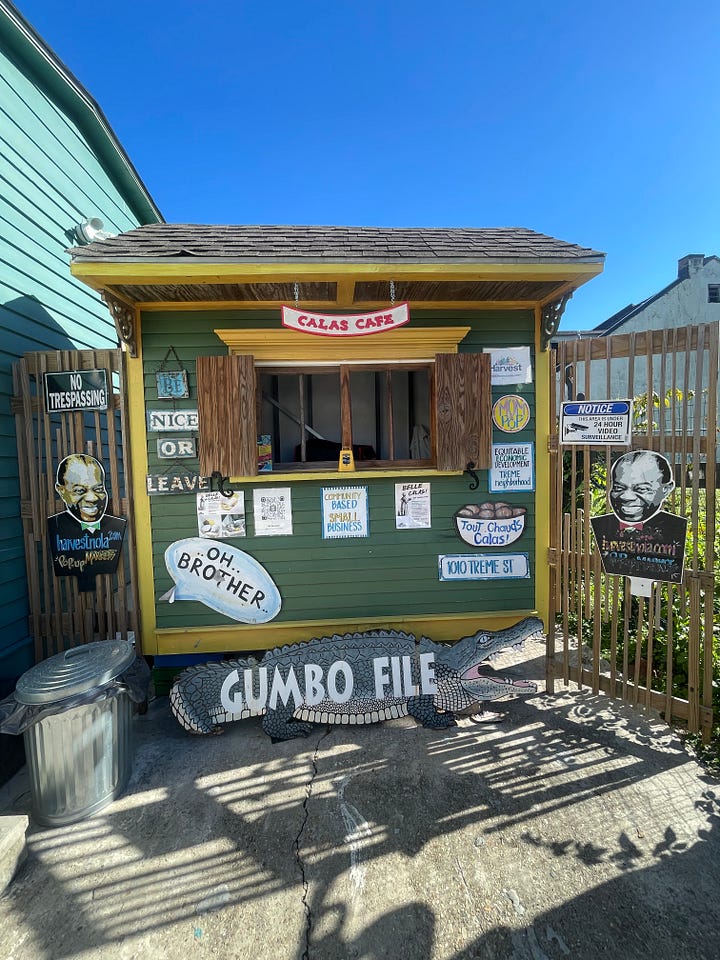
As I mentioned in my previous post about New Orleans writing portals, I stopped by the Treme coffee shop to write while my husband went to the Backstreet Cultural Museum for the first time. Afterward, we walked down Treme, a residential street, en route to Louis Armstrong Park. Before we made it to the side gate we spotted some small tables, chairs, and umbrellas in the street, set up like a sidewalk café. My curiosity always gets the best of me, so we headed over to see what was going on. We were greeted by the owner, a Black man, who said he was selling coffee and something called calas.
We had apparently stumbled upon Calas Cafe.
The owner, Brandon Pellerin, described calas as a kind of beignet but insisted they were entirely different. Made from rice and slightly sweet, they had a unique lemony flavor. According to his website, calas are “a rice dish prepared with notes of nutmeg and vanilla, served with lemon curd, pistachio curd, and dusted with a gentle coating of powdered sugar.”
What drew us in, beyond the enticing smell, was the story. Calas, he explained, were made by enslaved African women in New Orleans, who sold them on the streets to save money to buy their freedom or the freedom of their loved ones.
Apparently, the dish was a carryover from the rice-growing regions of Africa where rice was abundant and was:
“Once sold by enslaved women and Creole street vendors, known as ‘Calas Women,’ these delicious treats were a familiar sight in the French Quarter. Carrying covered baskets and bowls on their heads, the vendors would chant, ‘Belle Calas, tout chaud!’ (Beautiful calas, still hot!). It is believed that the earnings helped vendors to purchase their freedom from enslavement. At Calas Cafe, we are celebrating calas not just as a dish but as a symbol of resilience, cultural significance, and a testament to the role it played in history.1”
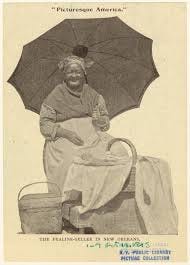
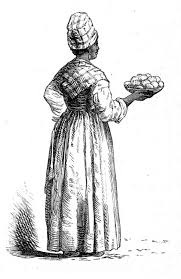
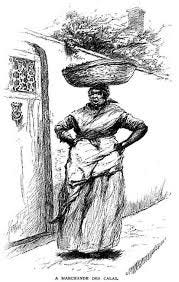
Brandon explained that the dish had waned in popularity, and he wanted to make sure that its history was not forgotten. And just like that, our little pit stop turned into an unforgettable cultural experience. This is what I love most about New Orleans: the way its culture and history come alive in unexpected moments, transporting you to the past. As the oldest Black neighborhood in America, Treme holds stories in its streets, food, and people.
If you’re visiting New Orleans soon, stop by and taste some history.
Location: 1010 Treme St. (next to Armstrong Park)
Hours: Thursdays to Sundays, 11 AM to 4 PM
Their Instagram page is here @calas_cafe
Also, if you want to learn more about calas from PBS: “Calas The Beignet’s Surprising (And Sweet) Predecessor”
Links to the other stories in this series:
“Notes from New Orleans (Part 1): Writing Portals”
“Notes from New Orleans (Part 2): Social Aid and Pleasure Clubs as Mutual Aid”
https://www.calascafe.com/about

